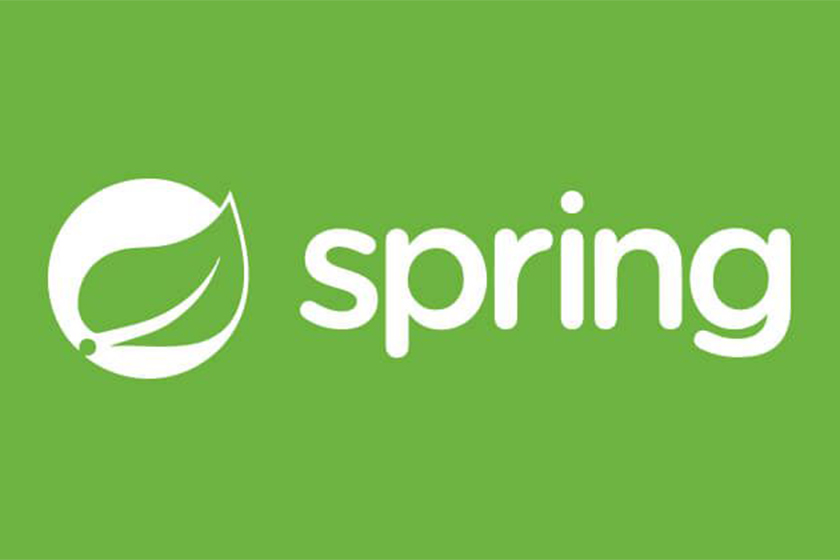Digital transformation is fundamental due to society’s conditions and the Internet’s popularity. An organization can have an online presence through a website, a mobile app, or a web application.
About a decade ago, a company’s digital presence was limited to a static website or PHP web application. This was built on the wildly popular LAMP Linux, Apache, MySQL, and PHP stacks. Web development standards have increased over the years with frameworks and APIs. Frameworks have now become an essential part of web development for creating interactive web applications. Various frameworks are available for front-end (client side) and back-end (server side) web development; here, we introduce the most popular back-end frameworks.
But before you begin, you can check out the article “What is Back-End Programming?” to learn about this career and what it requires.
What is a framework?
A website or application can be defined in computer programming as an abstract software framework in which the software performs general functions but can be selectively modified by user-written code to perform a specific function.
A framework generally serves as a guide or support for building programs that extend the code structure.
Frameworks are often layered structures that specify how programs can be built and relate to one another in computer systems. Some computer system frameworks also include the actual programs, define programming interfaces, or provide programming tools to use the frameworks. A framework represents a set of functions within a system and how they relate to each other.
What is a back-end framework?
The back-end framework is a library of server-side programming languages used to build web structures and optimize search engine rankings. Frameworks for back-end development provide ready-made components for dynamic web applications. Frameworks give developers a quick, fresh start by eliminating the need to build and configure everything from scratch.
Why use back-end frameworks?
Back-end frameworks provide a consistent way to build apps and websites across multiple platforms. This allows developers to focus on building their apps instead of worrying about how they will work on different devices and operating systems. Furthermore, they enable developers to create robust applications that can handle data inputs and outputs of any kind.
Additionally, the back-end frameworks are designed to be scalable and flexible to accommodate future changes and updates. They are built using modern programming languages and technologies and are not dependent on hardware or software.
In addition, many back-end frameworks are open-source, free and extensible. In short, a back-end framework can be used for the following reasons:
- Saving time
- Scalability
- Strength
- Security
- Fast integration

Most popular back-end frameworks
Choosing a back-end framework depends on many factors. For example, specific frameworks are available for a particular technology, such as Django for Python and ASP.NET for C#.
Some technologies offer a wide range of integrations, and some have limited options. One of the factors to consider is the size of the project and the ultimate goals.
By considering all these factors, you will know which framework is best for your project. Below are 10 popular back-end frameworks for 2024.
1. Laravel
In back-end development, PHP is one of the most widely used programming languages. For example, WordPress is one of the most popular content management systems built with PHP. Laravel is one of the PHP frameworks built on MVC architecture. It’s a beginner-friendly framework with a user-friendly interface, an extensive library, and brilliant API support.
Laravel simplifies back-end development while building modern, secure web applications. This is especially true if you are working on non-essential apps.
2. Django
It is an open-source framework for the Python programming language that follows the batteries included philosophy. As a result, Django meets the needs of all programmers. In this way, it does not need modules outside the framework. Django is used for building large programs, and there are better choices for creating very small programs; for the same reason that no one rents a bus to transport two passengers, using Django for small tasks makes no sense.
Developers can use Django to build secure and flawless websites. Many big websites use Django, including Disqus, Mozilla, National Geographic, Pinterest, and Instagram.
If you are interested in Django framework topics, we suggest the Django training course.
3. Ruby on Rails
Ruby on Rails is a server-side framework and is closest to Django in functionality. Ruby on Rails supports both MVC and DRY patterns at the same time and can be used for different projects. SoundCloud and GitHub are two famous Ruby websites.
4. Express.js
Express.js is a popular framework that global brands like IBM and Accenture trust due to its advanced features. Express.js supports REST API applications and is very flexible. Express.js is a Node.js web application framework that includes basic web development features. It was released in 2010.
5. Flask
Flask is another well-known Python framework. Of course, it is different from Django because it is much faster and offers fewer features. This framework is an excellent choice for Kojak projects. It has good documentation, is much lighter, and is a perfect option for prototypes and their quick implementation.
6. Spring Boot
The Spring Boot back-end framework is an open-source application that acts as a Java Inversion of Control container. Developers can use various plugins and combine them with Spring Boot core features to build web applications on Java EE platforms.

7. Phoenix
Phoenix is a modern framework for back-end development written in Elixir. This framework works with Erlang’s Virtual Machine and follows the MVC architecture. Although Elixir is a functional language, it is at the top of the list when building scalable, stable, and productive applications. Thanks to Elixir and its concurrency features, Phoenix lets you design optimal applications.
8. Node.js
Currently, Node.js frameworks are the most popular framework for web applications in 2024. Additionally, an enterprise Node.js framework has been developed by experienced software developers over the years. Fortunately, all Nodejs frameworks scale well, increasing performance and efficiency across projects while speeding up development.
According to a web study, most back-end developers and full-stack developers choose Node.js as their method. By 2024, which brings many new features and benefits, Node.js frameworks will become more popular on the market. Node.js frameworks have significantly changed software development. Although there are many programming languages available, the Node.js framework has become the most popular.
9. ASP.NET Core
Asp.NET Core is an open-source version of ASP.NET that was released in 2016. This version of ASP.NET replaces the previous Windows-only versions. In comparison with other frameworks, ASP.NET Core is much faster at developing web applications on the .NET platform. The main features of ASP.NET Core are:
- ASP.NET applications run on Windows, Linux, macOS, and Docker.
- Designed to allow runtime components, APIs, languages, and compilers to evolve rapidly.
- Multiple versions of ASP.NET Core can exist on the same server
- Various support lifecycle options are provided to meet specific application needs.
10. CakePHP
CakePHP is another PHP framework built on another popular framework, Ruby on Rails. It follows the MVC architecture and provides several useful features, such as a model view controller, front controller, active record, data mapping, and configuration contracts.
Conclusion
There are many powerful web development frameworks available, each with unique features. As much as you should research choosing a programming language and look for examples of differences between Java and JavaScript, selecting the best web framework depends on the specifics of your project and the expertise of a web developer on your team. Keep in mind that the tool you choose should be regularly updated to avoid new and common attacks.
In this article, we tried to give you useful information about back-end development frameworks. This is a partial list, but it provides a general overview of the back-end. If you are interested in learning about the best front-end frameworks, you can also learn about them in our previous articles.
In addition, you can also find articles about the most popular programming languages and read about reasons to learn JavaScript.
